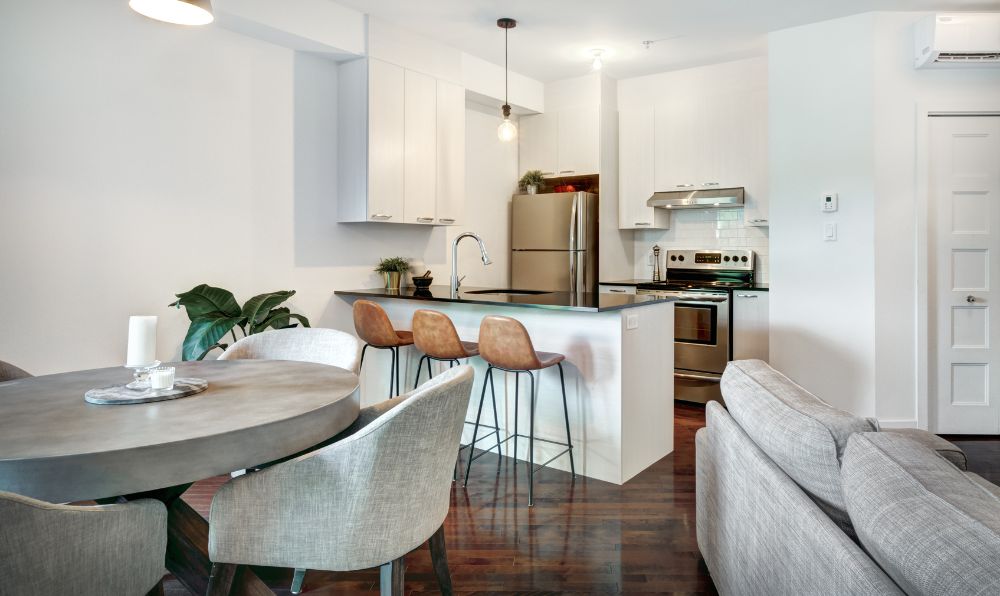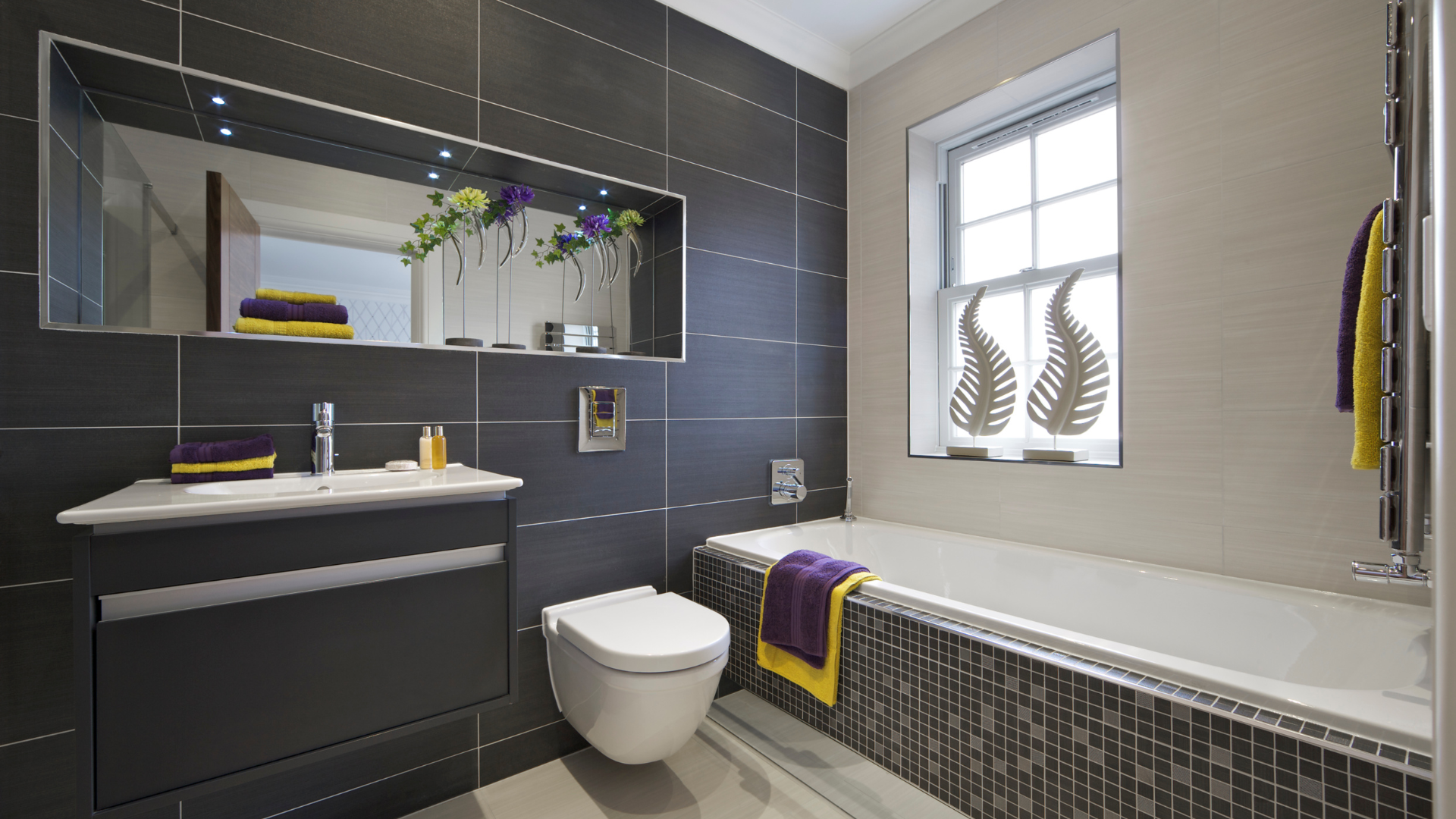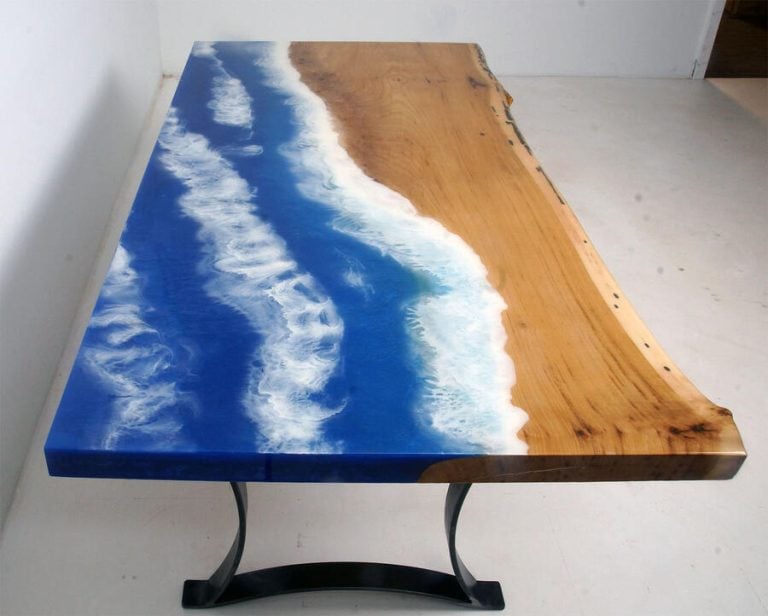How to Organise Plants in a Small Apartment

Table of Contents
If you’ve ever thought that occupying a small apartment means you don’t have room for plants in your life, then think again! Size really doesn’t matter when it comes to creating a greenery-filled abode, with so many ways you can incorporate more plants into the tiniest of spaces. In this article, discover five ways you can flex your creative green thumb, even if you’re living in a small apartment.
If you’re still looking for that perfect abode, then you’ll find plenty of inspiration online at Rentola United Kingdom. It showcases rentals in Newmarket, Dumfries, and everywhere in between, all of which are blank slates for you to get your creative juices flowing.
While some of these ideas may require landlord approval, others can be executed without leaving a trace.
Create a Vertical Green Wall
Living walls are hugely popular right now as they are a simple way of adding lots of greenery to a small space. However, it’s important that you select a position that has suitable light conditions for the plants you are incorporating into the green wall and that the plants you select have similar light requirements.
The easiest way to add a vertical green wall to your space is by purchasing a purpose-built frame from your nursery or hardware store. Some are designed with wheels so that you can move them from space to space while others are intended as more permanent fixtures.
If you’re hanging a green wall, make sure that the wall is sturdy enough and always screw into the studs!
Hang Plants from the Ceiling
Hanging plants from the ceiling not only allows you to pack more greenery into your space but also gives it that multi-tiered, rainforest feel. The only tricky part of this idea is figuring out the best way to hang so that the weight of the plants is securely supported and you don’t end up with a big, gaping hole in the ceiling.
A spring toggle hook set is one of the most practical ways to hang ceiling plants and it’s essential that you screw into an existing wooden beam. Plasterboard alone will not hold the weight! Better yet, look for existing hooks left by the owner or previous tenants and use them to your advantage.
When selecting plants as hanging features, opt for species of a cascading variety so that you will be able to see them spilling down over the pots. You want to avoid plants that weigh more than 10 kilograms (including their pot), which is why hanging baskets work much better than ceramic pots.
Get Creative with Plant Stands
If you’ve filled all of your existing surfaces with plants and still want more greenery in your space, then a plant stand (or two) may be the answer. They come in a whole variety of shapes and sizes, some of which hold a single plant and others that are tiered to incorporate three or more.
A plant stand is a great way to take advantage of vertical space, either in the middle of a room or along a wall. The best part is, you can easily move it around to take advantage of the changing light or when you want to switch up your interior design.
Plants stands are great for renters as they don’t require any screwing into walls or making alterations to the property itself. Remember, you don’t have to invest in a purpose-built plant stand as there are so many everyday objects that will do the job.
A slimline table, a vintage apple crate or an old bar stool are among the things you can transform into unique plant stands.
Add a Greenery-filled Wall Divider
If you have an open-plan living space, consider creating a wall divider that’s filled with plants. It’s an effective way of adding privacy while also getting a lot more greenery into your space. Rather than completely blocking off a space, it will softly define it while still allowing light and conversations to flow through.
One of the easiest ways of bringing this idea to life is by utilising a backless bookcase whose dimensions suit the space. When decorating your wall divider, you don’t have to limit yourself to plants, with the option to incorporate books, photos and trinkets that bring you joy.
Design a Windowsill Garden
Windowsills are places that usually get a lot of light, making them an ideal growing space for plants. They are also underutilised areas of the home just waiting to be taken advantage of by plant-obsessed dwellers, whether you’re into potted tulips or scented thyme.
That being said, you need to be selective about the species you opt to incorporate into a windowsill garden as not all will thrive in direct sunlight. A sunny kitchen windowsill can be a great option for Mediterranean herbs while also making them easily accessible to add to your cooking.





![Heleniums Care and Growing Strategies [A Beginner’s Guide]](https://staging.thearches.co.uk/wp-content/uploads/How-To-Grow-Care-For-Heleniums.jpeg)
